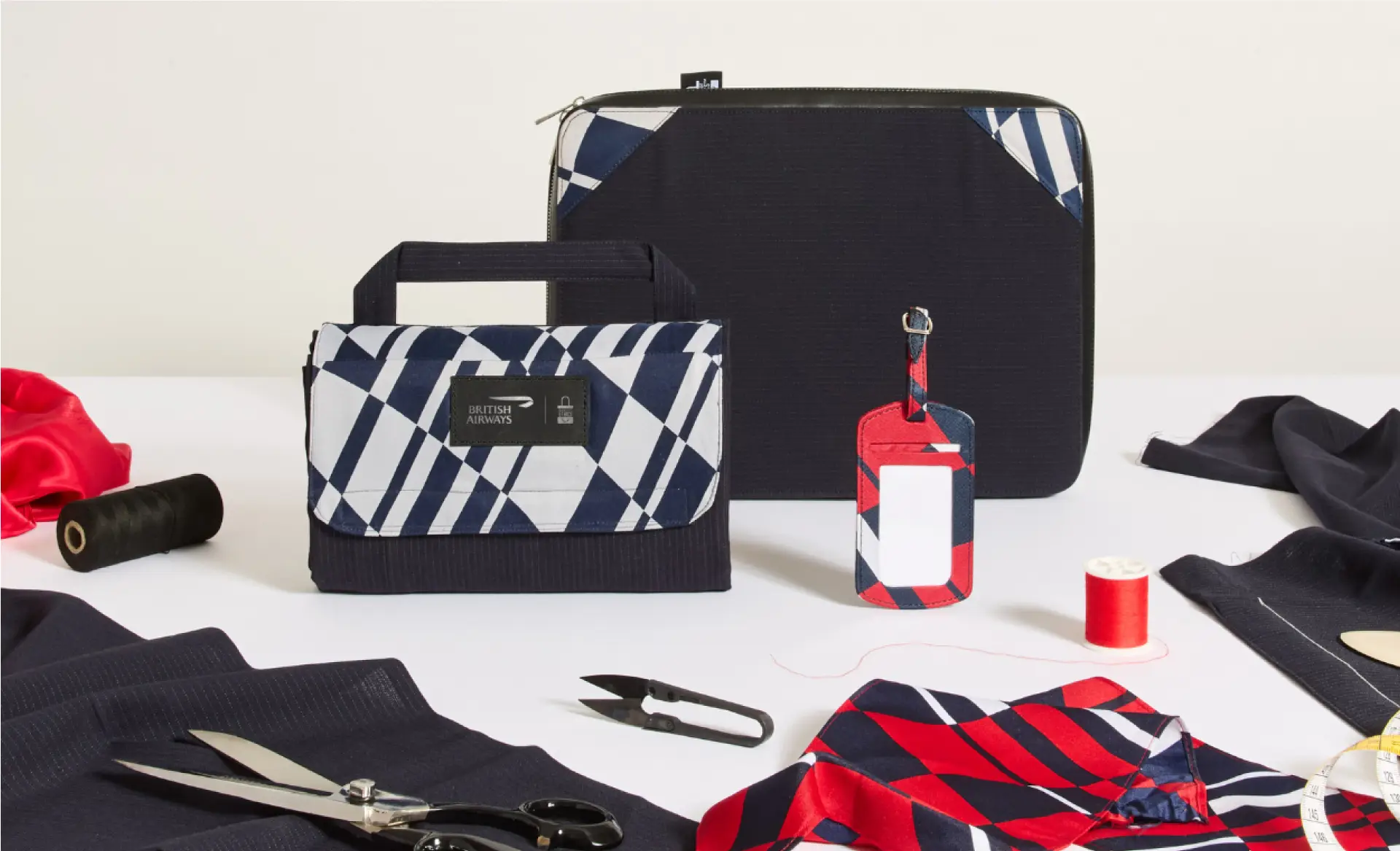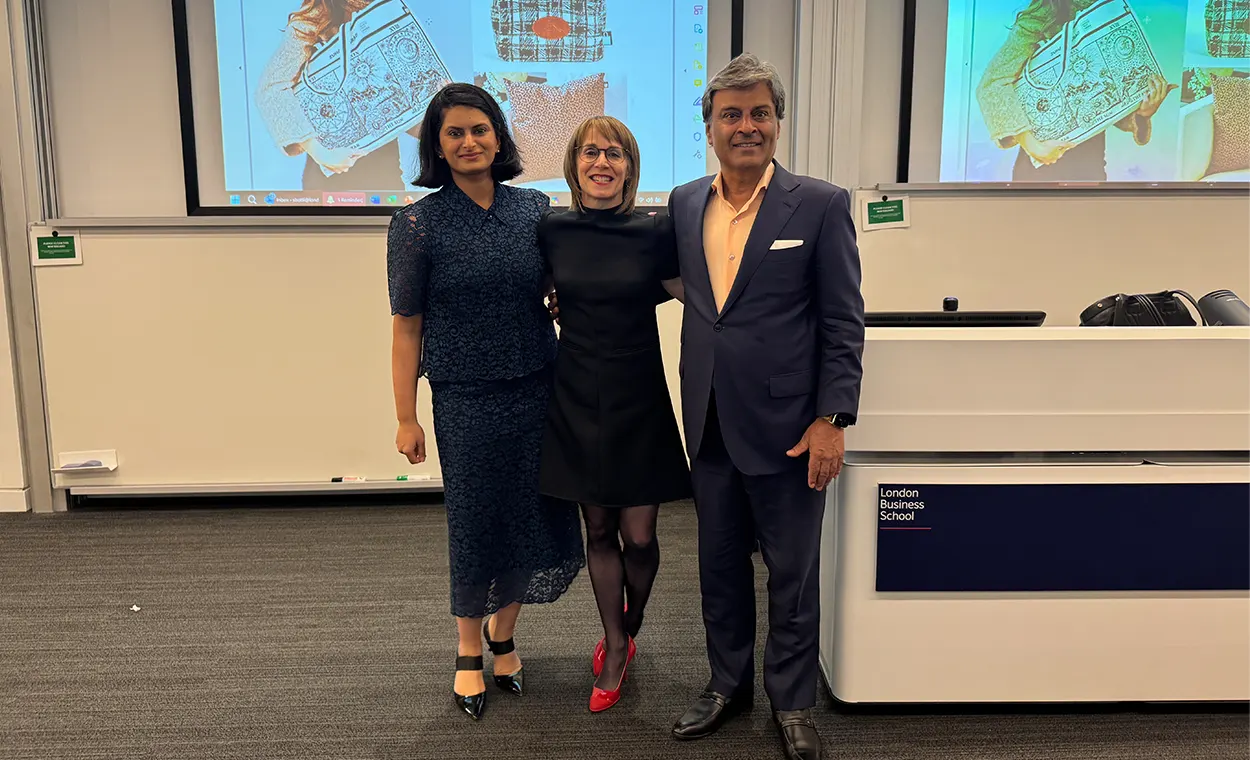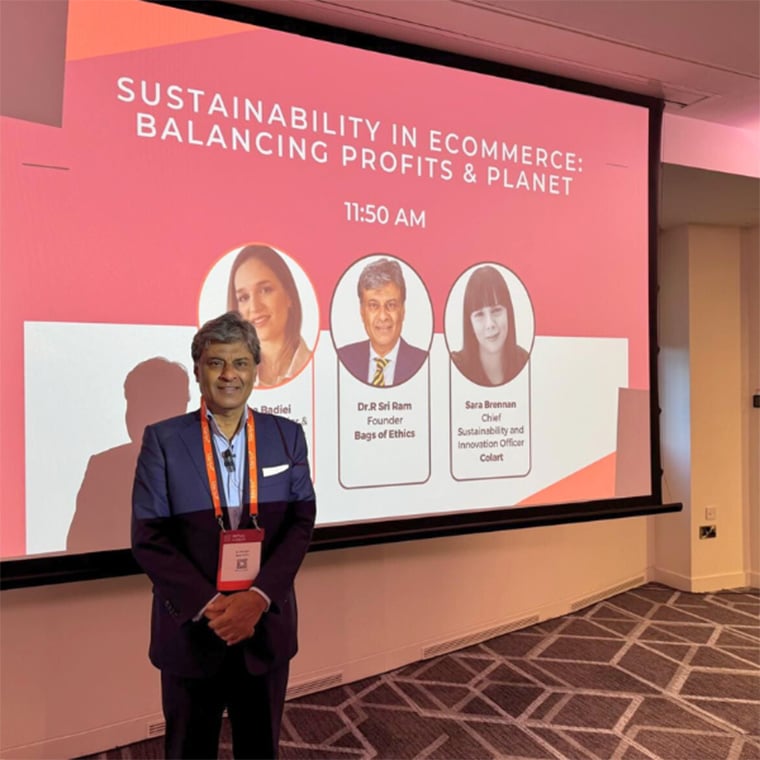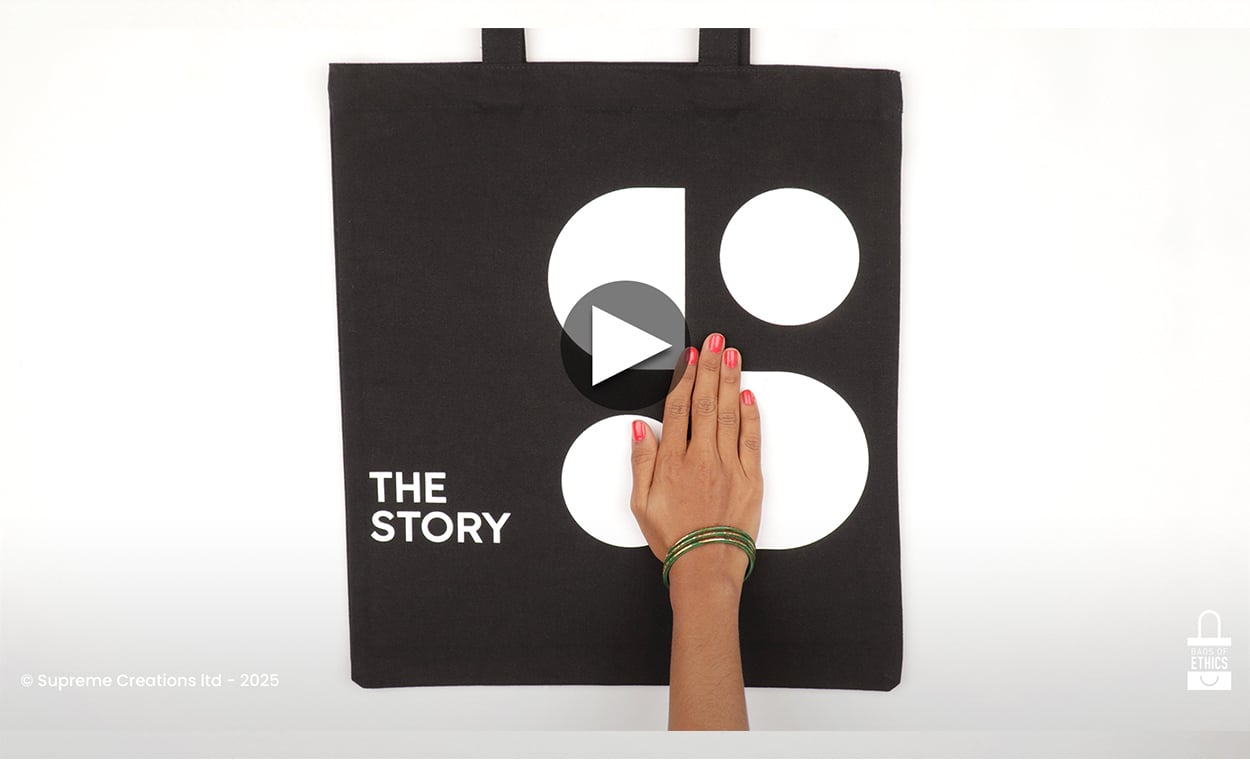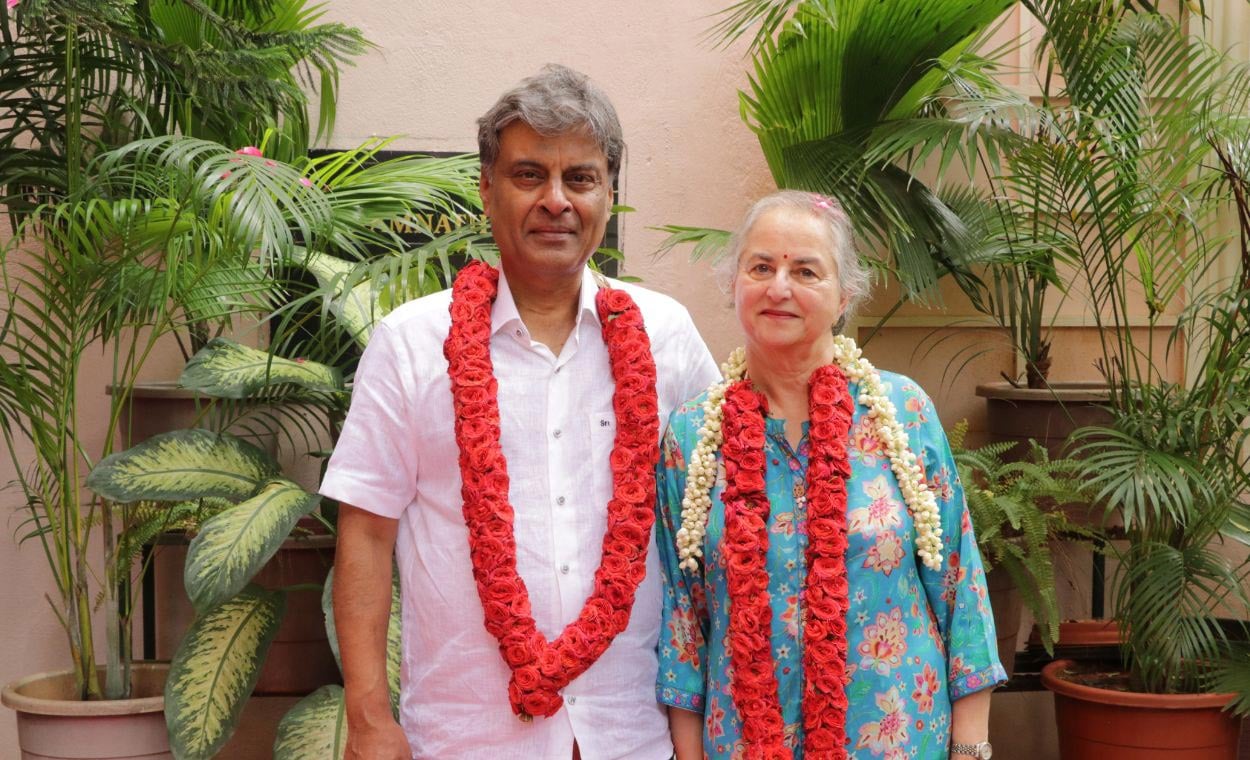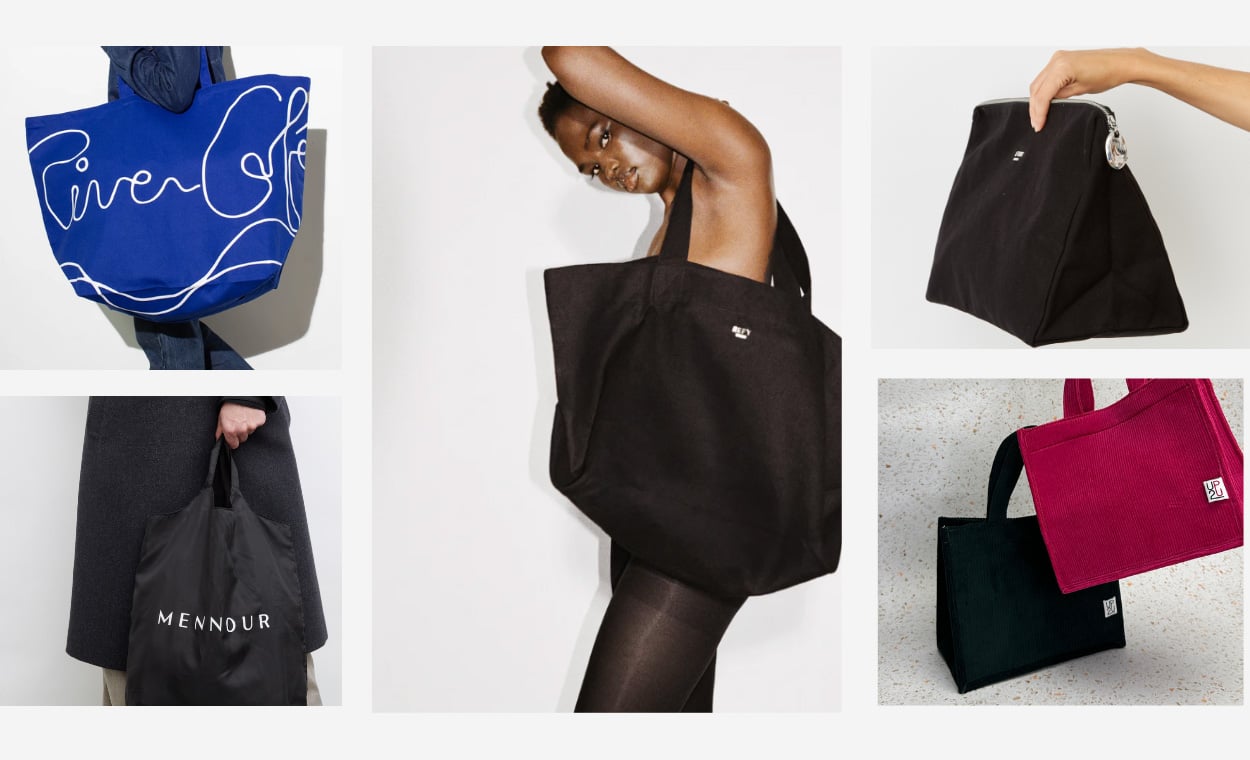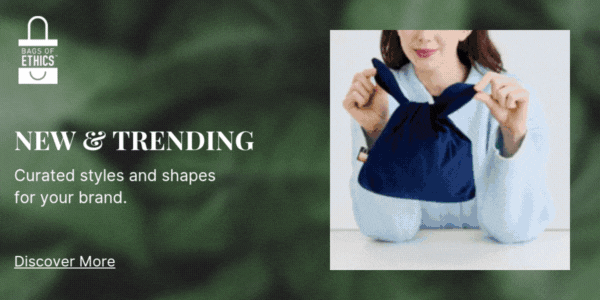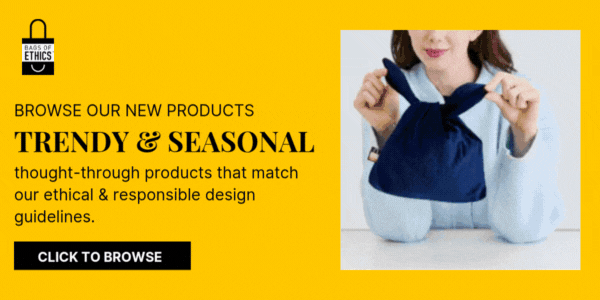Anthropogenic pollution is becoming a serious and unavoidable issue. Our “throw away” culture is without doubt causing profound environmental degradation and if we are to stem the impacts we are having on the natural world, we must consume and produce more responsibly.
It is now too late to simply alter our production methods, and some companies have begun to produce commodities through using what we have already created – namely wasted plastic products. Producing commodities with the huge quantities of raw materials already available not only makes business sense, but also environmental sense.
Almost every piece of plastic every created since the 1950s still exists on earth in some way, and unfortunately a lot of this has ended up in the world’s oceans (often at the detriment of marine life). In fact, there is an island comprised entirely of rubbish floating in the Pacific Ocean. The so-called “Great Pacific Garbage Patch” is growing daily and now up to 46% of the floating mass is discarded fishing paraphernalia.
The majority of this figure is strong nylon fishing nets that have been lost overboard (deliberately or otherwise). Nylon is a strong and durable synthetic polymer that is derived from petrochemicals. Although these properties make the material useful in the fishing industry, they also mean that a discarded net will remain in the ocean for years to come – entangling and killing marine life, as well as slowly dispersing harmful micro-plastics that bioaccumulate into the global food chain.
Introducing Econly – a closed-loop, certified fibre that uses discarded nylon to produce “new” yarn. Nylon 6 (a common form of the fibre) is collected from around the world in the form of ocean pollution and fabric waste from various international cleanup initiatives. Operations in the USA, Greece, the Netherlands, Egypt, Pakistan, Thailand, Norway, Turkey and many more countries collect and send discarded nylon to the Econyl waste treatment centre in Ajdovščina, Solvenia.
Various technical processes must take place (think de-polymerisation, re-polymerisation etc) in order to generate a usable yarn that can be used for the production of garments, carpets and furnishings. Econyl are really on to something here, and the way they operate might well be the way of the future. By working with the world’s wasted nylon, they are not only avoiding oil extraction, but also cleaning up the world’s oceans. The strength of the synthetic polymers that make up nylon means that the fibre is almost infinitely recyclable. According to Econyl, for every 10,000 tonnes of yarn produced, 70,000 tonnes of crude oil are saved and 54,000 tonnes of CO2 are avoided.
Econyl: the company creating fabric from the world’s abandoned fishing nets
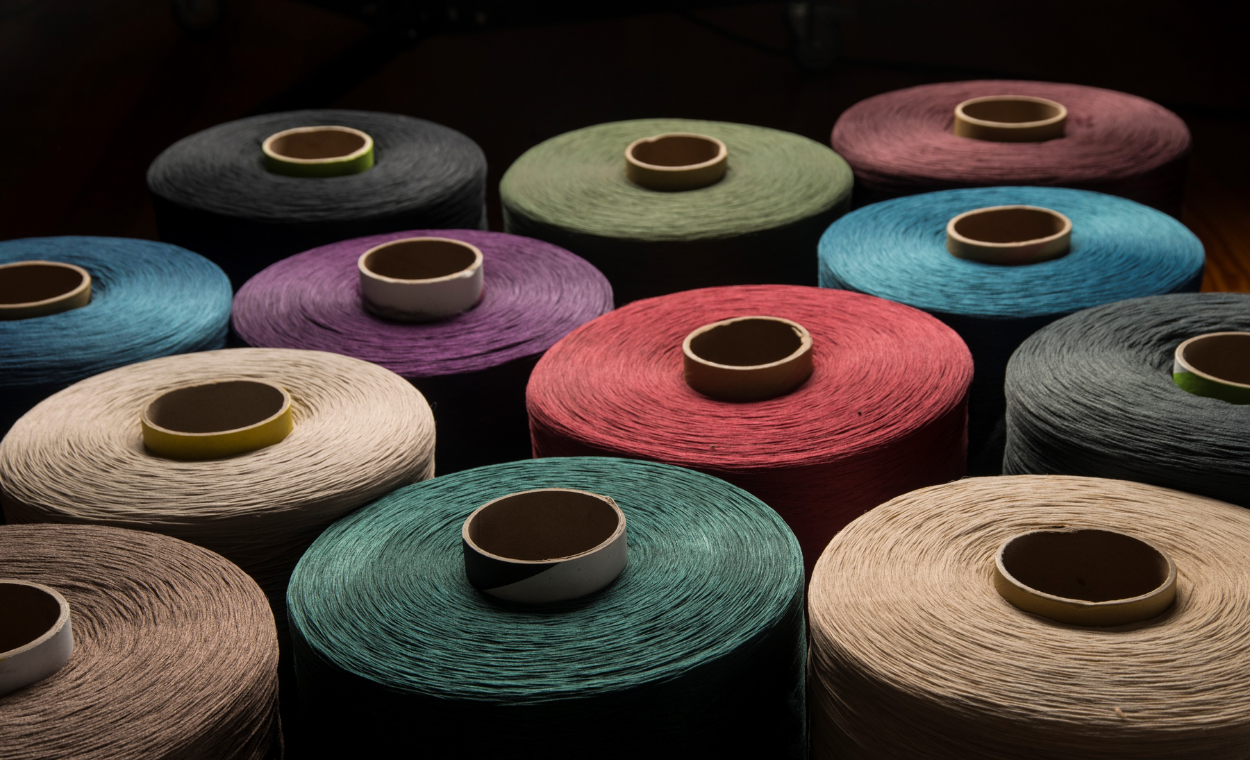








 France
France
 Germany
Germany
 Italy
Italy
 Spain
Spain
 United States
United States
 India
India
